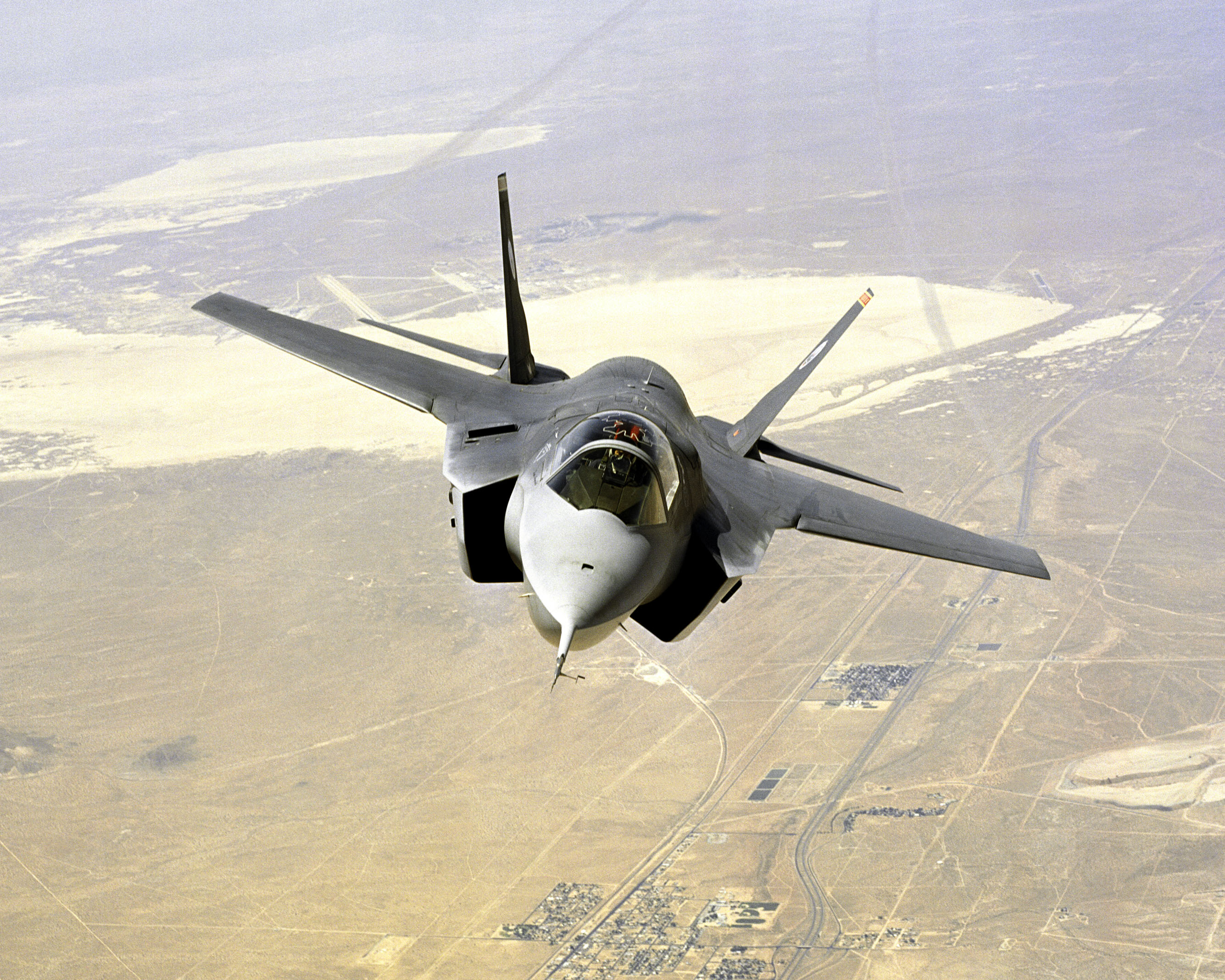London, UK – 7 April 2012
By Robert Densmore
F-35 STOVL choice for Great Britain comes too late
A controversial decision by the UK government to purchase the vertical takeoff and landing version of the F-35 Joint Strike Fighter – instead of the naval catapult launched variant it originally selected – may promise too little and come too late to meet Great Britain’s goal of modernising its air combat capability while achieving cost savings.
Though critical of the original decision to replace much of Britain’s carrier strike asset with the JSF, defence aerospace expert Jonathan Lake told DefenceReport that the government’s selection of the STOVL (short takeoff and vertical landing) or “B” version was less damaging than its original decision – made by previous Defence Secretary Liam Fox – to purchase the naval variant.
At this stage, Lake said, going forward with the naval version of the F-35, known as the “C” variant, “would ensure the failure of the Royal Navy’s fleet air arm.”
Former Defence Secretary Fox declined to comment to DefenceReport on his decision to select the F-35C during his tenure at the MoD.
The F-35, originally produced by Lockheed Martin for the US tri-services, was confirmed by Prime Minister David Cameron’s coalition government as a more viable avenue of avoiding compounding costs arising from replacing the UK’s fixed wing carrier strike capability. That capability was previously provided by the Harrier GR9 which was decommissioned following the government’s Strategic Defence and Security Review in 2010.
F-35 as strike successor
The government’s move to reverse that decision has added to a growing tide of dissatisfaction with the platform’s development, which has been marked by delays, cost overruns and technical problems. Several prime customers have revised purchase orders of what Lockheed calls “the world’s only fifth generation multi-role fighter.”
According to the US Air Force, cost per platform has increased to USD 81.4 million (GBP 51.2 million); total costs of the programme have increased by at least USD 150 billion (GBP 94 million) in the span of 12 months.
Some buyers, including Italy, have cut their orders and Canada has capped its spending on the project to CAN 25 billion (GBP 16 billion), a limit their government has said will now be hard to meet.
While admitting that the F-35B was technically less capable than the C variant – having a smaller weapons load-out and reduced range – Lake said the versatility of a STOVL asset might achieve the bare minimum in holding the UK’s strike capability together at a time when that capability is in long-term transition.
That versatility, he said, contrasts to the hidden costs of deploying the F-35C in the UK. These include the purchase of a specialised electromagnetic catapult system; the cost of purchasing the first block of an operationally untested naval aircraft with landing gear and arresting gear design flaws; as well as the cost of purchasing a naval aircraft that would not likely be used by the RAF.
The UK’s participation in Nato-led Libya operations, during which British Typhoon and Tornado air-to-ground strike sorties were launched from Gioia del Colle air base in Italy, has been held as an example of sustainable multilateral strike capability – a capability that could be enhanced by the F-35B.
That capability has been augmented by reducing aircrew task saturation in managing transitions to and from critical phases of STOVL flight, according to BAE F-35 test pilot Pete Kosogorin.
Kosogorin, a former Royal Navy Harrier pilot, told DefenceReport that reinventing cockpit management in the F-35B has been a primary design goal, with a focus on automating power plant management and control surfaces during transitions from conventional flight.
These automated systems, Kosogorin said, reduce pilot input to a fraction of what was required to transition the Harrier from shipboard landing and takeoff, which would likely translate to faster training for student pilots and the ability to broaden F-35B training to RAF and Navy aircrew – advantages that would not cross over with the F-35C.
Balancing cost with capability
While some critics have favoured procurement of the F-35B over the C variant for the future of UK airborne strike, the broader argument against the JSF in comparison to other strike aircraft has gained ground among international buyers.
Former US General Accounting Office analyst Winslow Wheeler has followed the US government’s growing list of difficulties with the JSF procurement project. Wheeler, who also served as a US Senate Budget Committee staffer for over 30 years, told DefenceReport that the actual cost of the F-35 JCA (Joint Combat Aircraft), as it has been called in the UK, will increase significantly next year when the US production run is officially announced.
Wheeler has pinpointed the aircraft’s “stealth” capability as its primary weak point. While Lockheed stands by its definition of the platform as a fifth generation fighter with “radar evading stealth,” Wheeler said the aircraft is only low observable at certain angles and against select types of radar. “This fighter can still be seen over the horizon.”
It is a weakness likewise identified by aerospace expert Jonathan Lake. Fifth generation fighter category characteristics include capabilities like super cruise and networked communications along with stealth. “The F-35 can only achieve stealth if its ordnance is concealed within the weapons bays and the F-35B can’t do that – the spaces are too small for a standard load.”
“The platform then is analogous to something like an F-16.”
Without this stealth feature, Lake adds, the F-35 meets none of the fifth generation fighter criteria.
An MoD spokesperson has told DefenceReport that the ministry will deliver a resolution on the F-35 question to parliament by Easter, which allows less than 12 hours from the time of publishing this investigation.
Though the delay and its pending resolution arose from a desire to procure a next generation fighter while minimising rapidly escalating cost overruns, the UK MoD now finds itself in a position of potentially having to answer additional questions regarding its choice of replacement strike aircraft. While doubt continues to overshadow this catalogue of decisions, one constant remains – according to the MoD’s own spokesman, a decision must be made and and it must be made soon.
Feature and inset photo / JSF.mil



